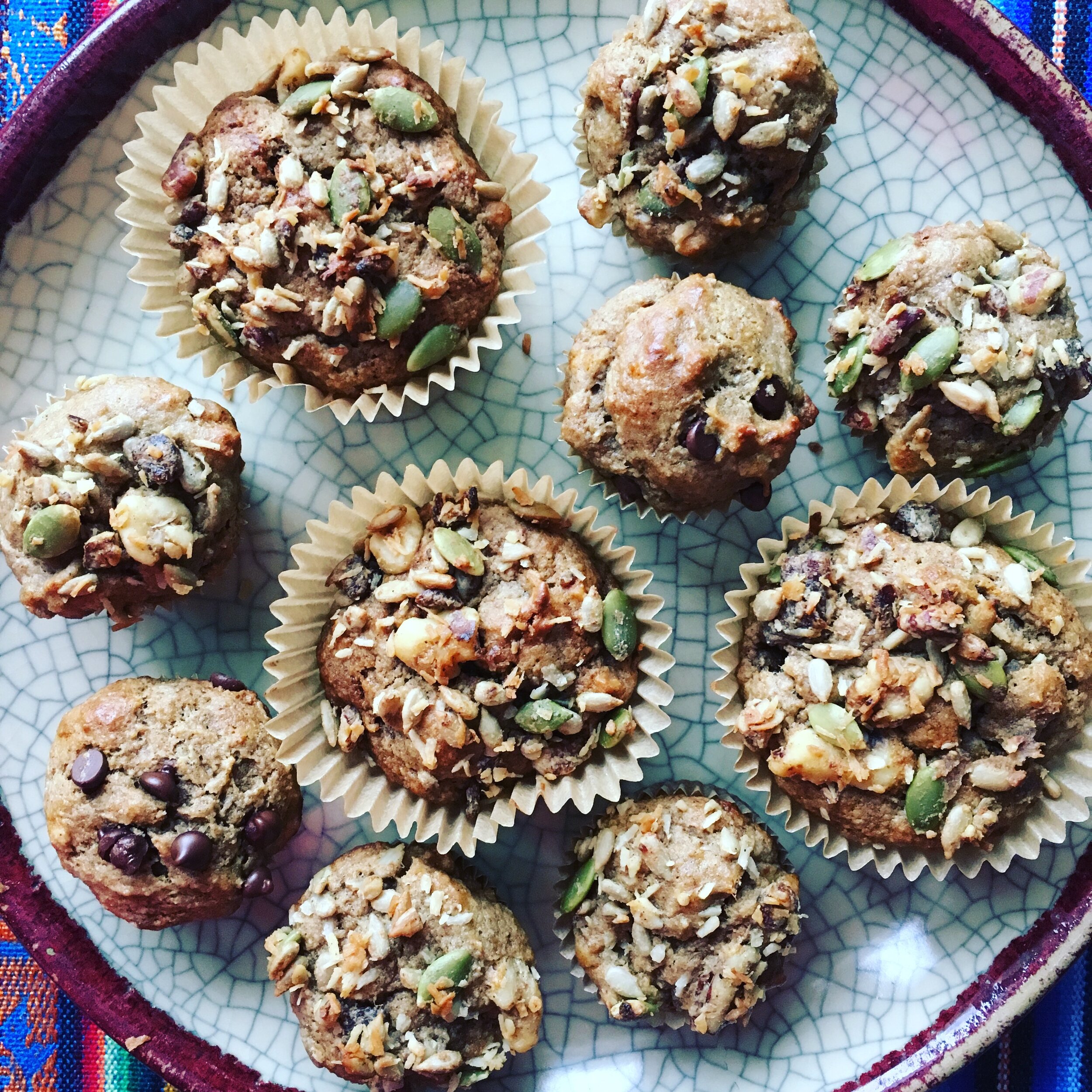Healthy Swaps To Upgrade Your Health!
It only takes one choice at a time to build a foundation for healthy habits. One choice leads to the next choice, and then the next… and before you know it you have a new habit that is supporting your health. There are SO MANY “swaps” or health promoting habits out there that one could try and implement. Find what works for you, and acknowledge that baby steps are still steps in the right direction!
Here are 6 healthy swaps to upgrade your health journey today:
How much water should I drink? It depends on a number of factors and the individual, but a good place to start would be aiming for 1/2 of your body weight in ounces daily. I like keeping a pitcher of filtered water on my kitchen counter to remind me to fill up while home!
1. Swap sweet drinks for WATER!
Hydration is so important for optimal health…like, SUPER important. I mean, we have always heard that staying hydrated is important, but I never knew the many critical roles that water played in our bodies until I studied it in my Nutritional Therapy program. We had an entire module on Hydration, and my mind was blown. Water is the most important nutrient in the human body. It makes up around 60% of our total body mass!
Water has so many important roles in our body than I once knew. To just name a handful:
- Transports nutrients throughout the body
- Removes water and flushes out toxins
- Improves oxygen delivery to cells
- Helps to cushion bones and joints
- Regulates body temperature
Did you know that if the body’s water content drops by as little as 2%, it can cause fatigue? Drink up!
Spaghetti squash with marinara sauce and turkey meatballs! Even the kiddos loved this combo;).
2. Swap pasta for Spaghetti Squash or spiralized veggies!
Spaghetti squash offers way more in terms of nutrients as compared to pasta. It has vitamins A, C, E, and K, as well as several B vitamins. It is also a good source of essential minerals such as calcium, copper, selenium, and manganese.
But does it taste as good? Well, I know there are different opinions on this…but I enjoy spaghetti squash or spiralized veggies way more than pasta (even when prepared with tomato sauce and meatballs!). I love not having the post-carb slump in energy and bloating that comes along with pasta (for me). Spaghetti squash is much lower in carbohydrates, contains water, and in addition to the nutrients listed above-it has fiber too!
Don’t have a spiralizer? Just substitute sliced/roasted veggies! Also, it’s becoming easier to find frozen spiralized veggies at your local grocery store, as well as riced cauliflower and many other options!
3. Swap “Low fat/Fat-free” products for whole-fat varieties.
I hope to write an entire blog post on dietary fats soon…but for now, let’s briefly talk about this VERY important swap. When clients are hesitant to make a lot of changes at once and prefer to take smaller steps, this is one of the first areas of change that I recommend. Getting in quality nourishing fats (and avoiding the inflammatory types) is critical to optimal health.
Why are quality fats important for optimal health? Fats are crucial for numerous body functions and structures.
Sweet potato chili made with grass-fed beef. I added a scoop of full fat canned coconut milk to the top with a splash of balsamic vinegar and yum!
For example, the fat in our food:
- Helps us absorb fat-soluble vitamins A, D, E, and K
- Helps regulate the speed at which we digest food
- Increases satiety (feeling satisfied/full)
- Serves as a protective lining for the organs of your body
- Is needed for cell membranes and certain hormones
- Optimizes blood sugar regulation helps to manage and decrease inflammation in the body
- Improves the taste and enjoyment of food!
Often, products that are labeled “low fat” or “fat-free” unfortunately have other things added like sugar, hydrogenated oils, fillers, preservatives, artificial ingredients, etc. These ingredients can promote inflammation and lead to health issues over time.
4. Swap Salad Dressing For Extra Virgin Olive Oil (EVOO) and vinegar!
So I hate to be the bearer of bad news, but most salad dressings found on the grocery store shelves have added sugar, inflammatory oils, additives, and preservatives. The good news is that there are a handful of new brands popping up that are made with quality ingredients (Hello Primal Kitchen!). The GREAT news is, you can make your own (which is super easy AND saves money)!
I usually just drizzle extra virgin olive oil and raw apple cider vinegar on my salads most of the time. You can also use these two ingredients as a base for so many different dressings, and add in fresh lemon juice, a dash of dijon, coconut aminos, herbs, and spices. The possibilities are endless, and there are tons of recipes online if you’d like to try something new! Honestly, you can’t beat the taste of fresh homemade salad dressing. My mom loves squeezing fresh lemon on her salads and that’s it!
5. Swap Margarine for REAL butter!
Why? Well, first re-read the benefits of REAL nourishing fats above. Real food always trumps the fake stuff in my book. Margarine is typically made with highly processed vegetable oils which are high in polyunsaturated fats (PUFA). These butter-flavored spreads have been marketed as “heart-healthy”, but fortunately research is pointing in a different direction these days. These vegetable oils are chemically altered through processes like hydrogenation, which makes them more solid and spreadable. Other ingredients sometimes include additives like emulsifiers and coloring agents, which are used to change the texture and appearance of the final product. Without this last step, it would look like grey paste! They do all of these things to make it appear very similar to butter, but no one is fooling us;).
Butter is made by churning milk, a real food ingredient. Just take a look at the ingredient list on a stick of butter: Cream, salt (or just cream if unsalted). It’s way less processed and has beneficial compounds like vitamin K2 and omega 3 fatty acids. In my house growing up, we only ate real butter.
Even throughout the margarine-loving, fat-free era in the 80’s my mother was adamant about not eating “that fake stuff”! Mom was right all along. Want more nutritional bang for your buck? Opt for butter made from the milk of 100% grass-fed cows.
6. Swap Guilt for Gratitude!
This is an important one. While it’s important to learn about nutrition, food quality, and health-promoting “swaps”, it is even more important to focus on progress and NOT perfection. Perfection is the enemy of good (that was Voltaire, right?). We are learning, evolving, building, and there isn't room for guilt or shame when it comes to our food choices. We have a “Rule” in my Restart program: Whatever I eat, I choose it consciously, I enjoy it thoroughly, and then I let it go. There is no “cheating” or wagon to fall off of…there is only what you choose. Then, there is always the next meal to nourish your body.
Hopefully this list was helpful and will inspire you with ideas. Maybe just choosing one of these (or another not found on this list) will get you started in creating new habits of your own.
Have a great day!
Jaime
Have you signed up for my FREE download and newsletter? Click here to stay in the loop!




